Is STEM Education Working Especially for Women?
By Barbara Mader
 Photo by ThisisEngineering RAEng on Unsplash
Photo by ThisisEngineering RAEng on Unsplash
STEM education remains in the spotlight 25 years after the term first emerged. Coined in the 1990s by the National Science Foundation, the acronym is applied to any curricula, event, policy or education program addressing Science, Technology, Engineering or Math. Most often it references Science and Math, but all four areas have become hot topics in the general education of K-12 students. The emphasis carries through to higher education and beyond, seeking to prepare young adults to assume 21st century worthy jobs. Anticipated areas of need include employees who are interactive as problem solvers, researchers, designers, and engineers.
- 0 Comments
- Oct 20, 2020 10:00:00 AM
- Posted by Natalia Galvis
- Topics: Robotics, STEM, students, Technology, STEMchat, WomeninSTEM, Edchat, online, lessons
How can Robotics bring STEM Learning to Life?
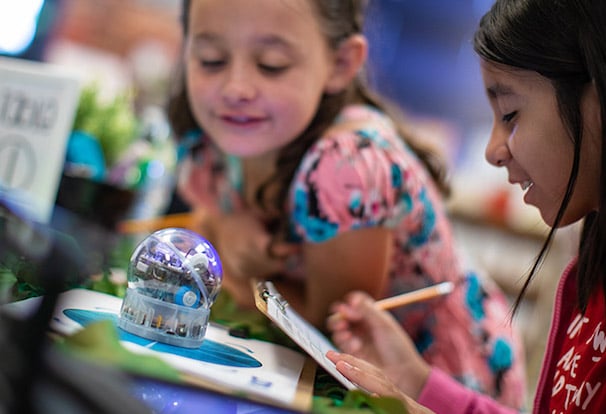
It has often been highlighted that there is a growing shortage of STEM (Science, Technology, Engineering, Mathematics) professionals in the US. Over the last decade, reports published by National Innovation Institute, National Academies study, President’s Council of Advisors on Science and Technology; all pointed towards the need to increase the STEM talent pool if America were to continue its strength in Science and Technology.
- 0 Comments
- Oct 19, 2020 10:00:00 AM
- Posted by Natalia Galvis
- Topics: Robotics, STEM, students, Technology, STEMchat, Edchat, online, lessons
Why Fostering Creativity is so Important and How EdTech Can Help
When we think of creativity, most of us will readily associate it to art, from painting to composing music to writing fiction. But the act of being creative is much more than that: a person can be a creative thinker even if they never pick up a paintbrush or a musical instrument.
 Photo by Alice Dietrich on Unsplash
Photo by Alice Dietrich on Unsplash
You are being creative when you decide on a catchy slogan for your product; you are being creative when you pitch your own idea for a small business; and most of all, you are being creative when you are presented with a problem and come up with a unique solution.
In a world where having original ideas sets humans apart from machines, thinking creatively is more important than ever and educators have a responsibility to foster, not stifle their students’ imagination.
- 0 Comments
- Oct 16, 2020 10:00:00 AM
- Posted by Natalia Galvis
- Topics: EdTech, STEM, students, Technology, Edchat, coronavirus, online, covid19, lessons, creativity
Robot Pepper Is Transforming These 3 Industries
Image: Photos Hobby from Unsplash
Robots are innovative creations, and they've come along way from where they first started. Robot Pepper is a prime example of just how much progress the robots field has made. Pepper is a humanoid robot that businesses can program to help with their operations.
From education to hospitality to health, Pepper assists everyday needs and tasks. It's a creation from Softbank Robots that has only been around since 2015 but has been making big waves ever since. Transforming the way places like hospitals, hotels and schools run is now a standard part of what makes Pepper the robot so unique.
- 0 Comments
- Oct 15, 2020 10:00:00 AM
- Posted by Natalia Galvis
- Topics: STEM, students, Technology, Edchat, online, lessons
Robots will never replace teachers but can boost children's education
By Laura Fields
Say a man is walking in the woods, and he suddenly finds a fence in the middle of nowhere. The fence has no apparent purpose. A careless man might simply tear it down, not seeing the point of leaving it standing. A cautious man will first try to learn why it was built in the first place and then decide.
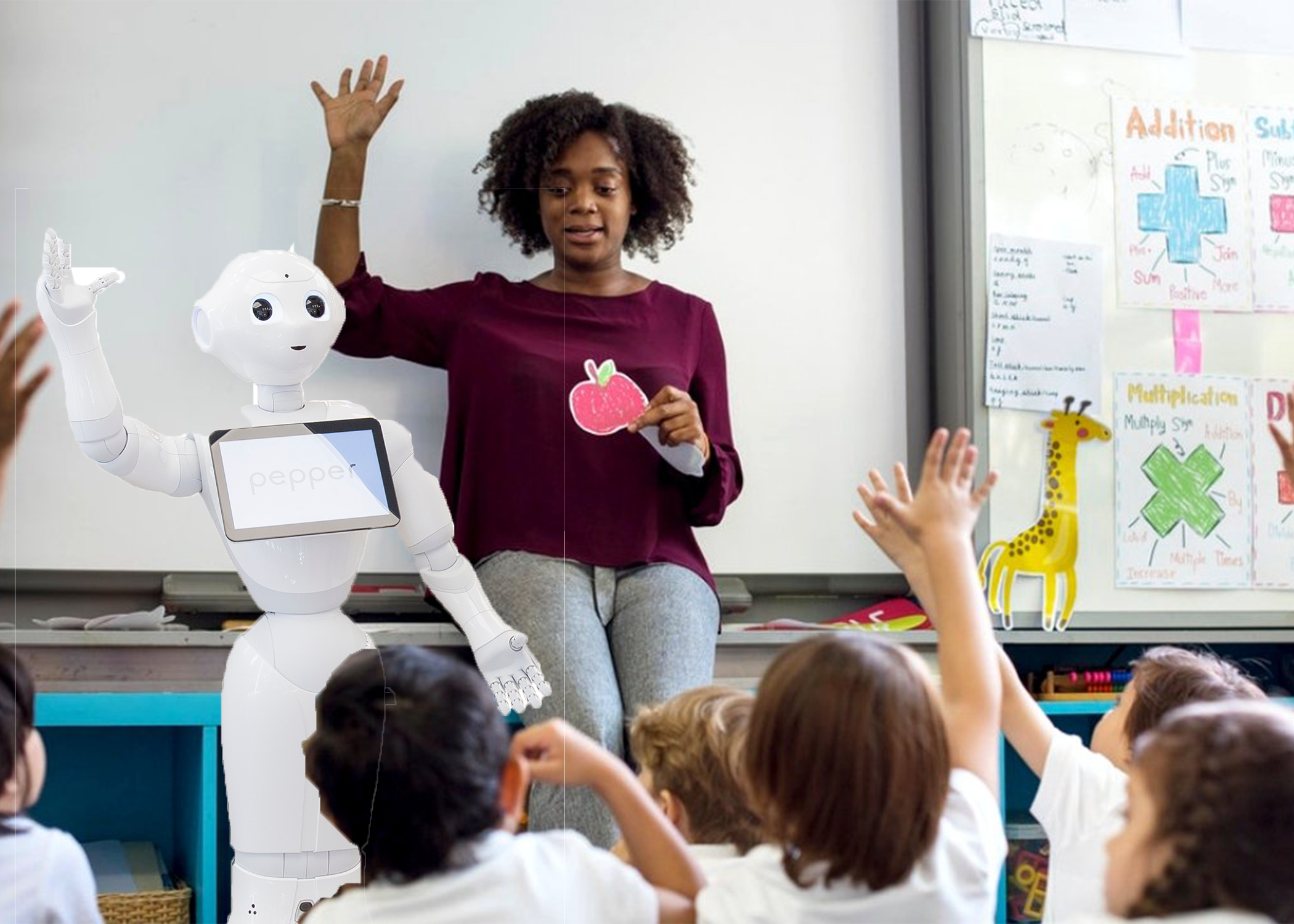
Our tens-of-thousands of years-old civilization carries with it some antiquated, vestigial practices that need to be updated. But how do we distinguish between what is old because it works, or it is old because nobody has gotten to changing it yet? The answer is caution and observation.
Nowhere is this question more relevant than teaching, especially in a time when nature seems to have taken the choice out of our hands. Like it or not, alternatives to traditional teaching need to be implemented as soon as possible.
- 0 Comments
- Oct 14, 2020 10:00:00 AM
- Posted by Natalia Galvis
- Topics: EdTech, STEM, students, Technology, Edchat, online, lessons
3 Ways Schools Are Reopening With the Help of Technology
COVID-19 presents a unique challenge for any business or institution that typically holds a large number of people. As schools reopen and try to stay open through the waves of the pandemic, technology plays a big role. Whether it's in-person, online or a hybrid model, technology is what makes learning during the pandemic possible.
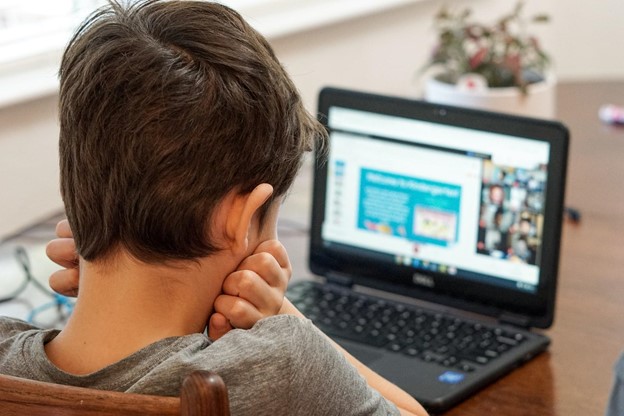
- 0 Comments
- Oct 13, 2020 10:00:00 AM
- Posted by Natalia Galvis
- Topics: STEM, students, Technology, Edchat, coronavirus, online, covid19, lessons
The Most Valuable STEM Skills in an Automated World
The professional world is automating at an unprecedented rate. By 2030, 20-40% of young workers' jobs could be automated, putting renewed stress on future-proof skills. While STEM offers security, it's not immune to the automation wave, either.
Many STEM skills and processes are standardized, data-centric and logical, making them ideal for automation. Simultaneously, with tech playing a more substantial role in everyday life, STEM workers are more crucial than ever. In the face of these changing needs, educators and learners alike need to rethink essential STEM skills.
In an automated workforce, the most valuable skills are typically those that are uniquely human. That often involves a focus on soft skills instead of the hard techniques frequently associated with STEM. With that in mind, here are five of the most valuable STEM skills for an automated world.
By Devin Partida
- 0 Comments
- Oct 9, 2020 10:00:00 AM
- Posted by Natalia Galvis
- Topics: EdTech, STEM, Curriculum, teachers, students, Technology, Edchat, Digital Technology, teaching, online, lessons, eLearning
5 Reasons Why Preschoolers Need STEM (And Why It Must Be Easy!)
STEM education, which focuses on Science, Technology, Engineering, and Mathematics, has seen a rise in early introduction in schools. As technical and scientific skills become more sought after in the industry, more schools are encouraging kids from as early as preschool to learn STEM
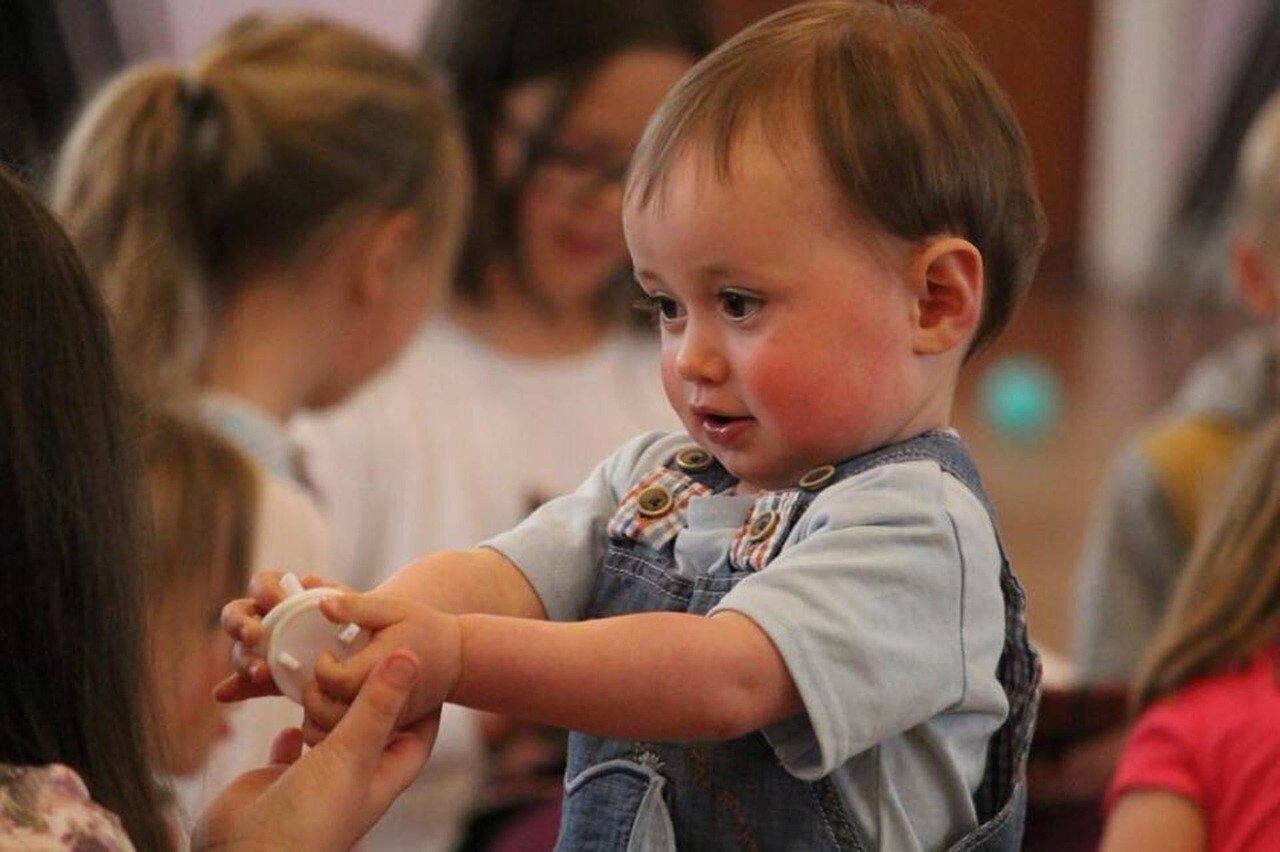 Image credit: https://pixabay.com/photos/child-boy-toddler-preschooler-play-1522870/
Image credit: https://pixabay.com/photos/child-boy-toddler-preschooler-play-1522870/
However, some bodies are still not convinced of the importance of STEM in preschool. So, this article focuses on five critical reasons for teaching STEM in the early years.
By Nancy Howard.
- 0 Comments
- Oct 8, 2020 10:00:00 AM
- Posted by Natalia Galvis
- Topics: EdTech, STEM, Curriculum, teachers, students, Technology, Edchat, Digital Technology, teaching, online, virtual learning, lessons, eLearning
21st Century Skills: What Students Need to Succeed in Today’s Society
 Photo by Annie Spratt on Unsplash
Photo by Annie Spratt on Unsplash
“21st Century Skills” (or “Transferable Skills”) are the abilities students need to develop to succeed in our information-based society. Input from teachers, education experts and business leaders, gathered in the Partnership for 21st Century Skills, defined the P21 Framework, a graphic representation to better understand what these competencies are as well as the support systems necessary to produce 21st century student outcomes.
- 0 Comments
- Oct 7, 2020 10:00:00 AM
- Posted by Natalia Galvis
- Topics: EdTech, STEM, Curriculum, teachers, students, Technology, Edchat, Digital Technology, teaching, online, virtual learning, lessons, eLearning
What are the Benefits of Learning To Code as a Child?
Coding is becoming one of the biggest trends to hit education since virtual reality. Because of this, parents and schools all over the globe are interested in teaching children to code. While teaching children to code may not turn them into a billionaire like Mark Zuckerberg, it certainly comes with a lot of benefits. Many of the advantages that I speak of are unknown to general public.
 Photo by cottonbro from Pexels
Photo by cottonbro from Pexels
So instead of watching people jump on the coding bandwagon because we said so, we decided to write an article that discusses the benefits of learning how to code as a child. That way parents and schools can make an informed decision. Believe it or not, some of the advantages that we are about to share may shock you. Well, without further ado, here is our list of the benefits of learning to code as a child.
- 0 Comments
- Oct 6, 2020 10:00:00 AM
- Posted by Natalia Galvis
- Topics: Math, EdTech, STEM, Curriculum, Special Education, teachers, autism, students, Technology, VR, Edchat, Digital Technology, teaching, online, virtual learning, lessons, eLearning
Relevant Posts
Popular Posts
Subscribe to Email Updates
-
I Want To Learn MoreADDITIONAL INFORMATION


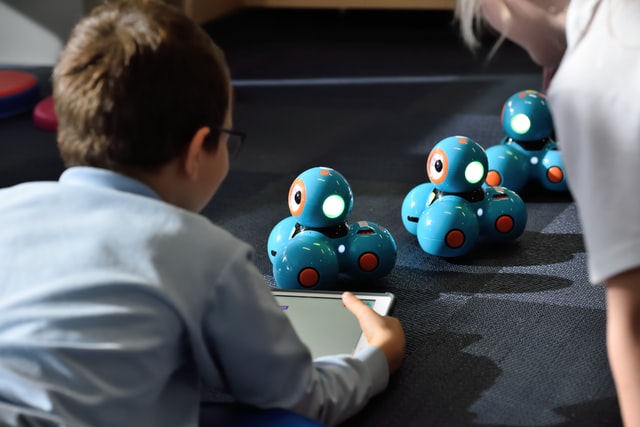 Photo by
Photo by 